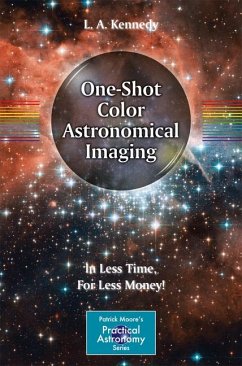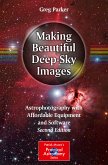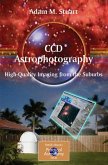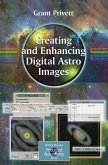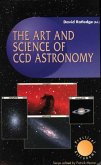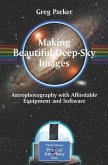What is one-shot color imaging? Typically, astronomical cooled-chip CCD cameras record only one color at a time - rather like old-fashioned black & white cameras fitted with color filters. Three images are taken in sequence - in red, blue, and green light - and these are then merged by software in a PC to form a color image. Each of the three images must be taken separately through a suitable color filter, which means that the total exposure time for every object is more than tripled. When exposure times can run into tens of minutes or even hours for each of the three colors, this can be a major drawback for the time-pressed amateur.
"One-Shot Color Astronomical Imaging" describes the most cost-effective and time-efficient way for any amateur astronomer to begin to photograph the deep-sky.
Dieser Download kann aus rechtlichen Gründen nur mit Rechnungsadresse in A, B, BG, CY, CZ, D, DK, EW, E, FIN, F, GR, HR, H, IRL, I, LT, L, LR, M, NL, PL, P, R, S, SLO, SK ausgeliefert werden.
"The book contains lots of good advice and tips for any imager - even if you have a mono CCD camera. This is a great book for imaging as it takes through all the steps required in order to generate pleasing images. One Shot Colour Astronomical Imaging is thoroughly recommended if you want a good overview of how to get into imaging no matter whether you have a mono or colour camera." (astronomylog.co.uk, July, 2014)
"There is a way to save time by using a so-called one-shot color CCD camera ... . This book is about using such a camera, the equipment needed, the set-up for imaging, some tips and suggestions ... it is an important guide to getting started with this kind of equipment. The book would also be of interest to those astrophotographers who are just getting started in the field ... . Very useful and concise, and also inspirational." (Kadri Tinn, AstroMadness.com, July, 2014)

